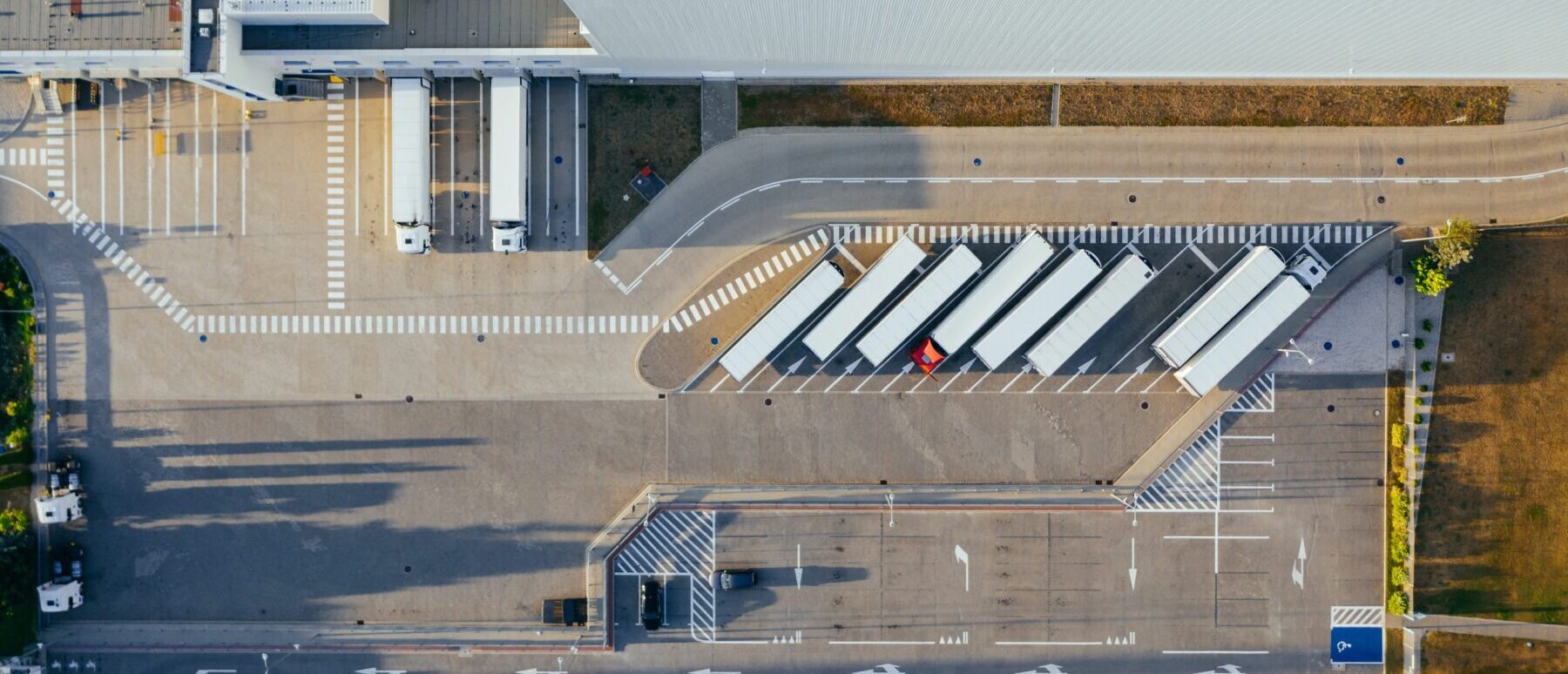

Loading and securing responsibilities in road transport.
Do shippers really know what their responsibilities are?
It’s not uncommon for parties involved in securing and loading operations to become concerned about their responsibilities following a claim or dispute. As an expert, damage to these transport-related operations is very frequent.
However, we also systematically observe a lack of awareness of responsibilities (mainly on the sender’s side).
It is a common (and mistaken) assumption that the carrier is entirely responsible for securing operations. Indeed, it is customary for drivers to strap down their loads with their own equipment.
However, in the case of domestic transport in France, responsibilities are not straightforward and depend on a number of factors.
It is a common (and mistaken) assumption that the carrier is entirely responsible for securing operations.
Application of the standard road haulage contract.
If the road haulage contract is not drawn up in writing, the relationship between the parties is deemed by law to be governed by the standard contracts laid down by decree (Article L 1432-4 of the French Transport Code).
Decree no. 2017 – 461 of March 31, 2017 provides for a standard contract applicable to public road haulage for which no specific standard contract exists.
Below, we present some of the clauses of this contract relating to loading, chocking and lashing operations.
Article 5: Transport equipment
According to this article, the carrier must carry out “the transport using equipment adapted to the goods to be transported and to the loading and unloading accesses and facilities previously defined by the principal”.
Lashing equipment, such as straps, must be in good condition and comply with current standards. If the material does not conform, the load must be refused. In this case, it is essential that loaders and/or the person in charge of supervising these operations are familiar with lashing equipment checks and standards (EN 12195-2 for straps and EN 1295-3 for chains).
Article 6: Packaging, wrapping and checking the condition of goods.
“When the nature of the goods so requires, they must be conditioned, packaged, marked or countermarked in such a way as to withstand transport under normal conditions and successive handling operations during transport, and not to constitute a cause of danger for the driving or handling personnel, the other goods being transported, the vehicle or third parties.
The customer is liable for all consequences of missing, insufficient or defective packaging, wrapping, marking or labelling”.
Before loading and stowing, goods must be properly packaged and wrapped. Stowage will not be satisfactory if the packaging has defects affecting its strength, for example.
Article 7 - Loading, chocking, stowing, strapping and unloading.
“Loading, securing and lashing operations, including strapping, on the one hand, and unloading on the other, are carried out under the conditions specified in articles 7.1 and 7.2 below. Whoever carries out these operations is liable for any damage to property.
In all cases, the carrier uses the technical means of transfer specific to the vehicle.
He is liable for any damage caused by them; provides, at the customer’s request, a sufficient number of straps in good condition, complying with the required standards and adapted to the nature and packaging of the goods, as described to him.”
For shipments of less than three tonnes :
“The carrier is responsible for loading, securing, stowing and unloading the shipment.
Within the limits referred to in 7.1.1, any employee of the consignor or consignee taking part in loading, securing, stowing or unloading operations is deemed to be acting on behalf of the carrier and under his responsibility”.
For shipments of three tons or more :
“The shipper is responsible for loading, blocking and securing the goods.
The carrier provides the consignor with all the necessary information to ensure a balanced distribution of the goods in order to guarantee the vehicle’s stability and compliance with the maximum axle load.
The carrier checks that loading, bracing and securing do not compromise traffic safety. If this is not the case, he must ask for the goods to be reworked in satisfactory conditions, or refuse to accept the goods.
Before departure, the carrier carries out an external inspection of the load to ensure that the goods are in good condition. In the event of any apparent defect likely to affect the preservation of the goods, the customer shall express precise and reasoned reservations on the transport document. If these are not accepted, he may refuse transportation.
The carrier is exonerated from liability resulting from the loss or damage of the goods during carriage if he establishes that the damage is due to a non-apparent defect in loading, chocking and stowage, or to an apparent defect for which he had issued reservations endorsed by the shipper.
If several shipments are loaded on the same vehicle, the carrier ensures that any new load does not affect the goods already loaded.
The carrier is exonerated from liability resulting from loss or damage of the goods due to loading if he proves that the damage was caused by loading operations carried out by the shipper and that he was prevented from carrying out the aforementioned usual checks due to constraints imposed on the site by the shipper.”
For domestic transport in France, responsibilities are not simple and depend on several factors.
Why is it important to be trained in lashing and loading in road transport?
In view of the above, we can clearly see that the shipper bears a significant responsibility when the load exceeds 3 tonnes gross weight in road haulage.
In this way, the carrier’s employees and/or referent must be able to supervise and determine the correct application of loading and stowage principles, and not leave them to the sole discretion of the road haulier, as is in fact the case.
In the event of an unsatisfactory result, the driver should never drive off without rectification/correction. The ticket should only be issued/issued if the load has been checked and properly secured.
- Is the transport vehicle suitable for handling the goods?
- Has the load been correctly distributed in the transport vehicle?
- Is the securing equipment in good condition?
- Does the equipment comply with current regulations (labels, nameplates, etc.)?
- Is the number of lashings sufficient to comply with EN 1295-1?
- Is the selected lashing method satisfactory and compatible with the load to be transported?
- Are the lashing points on the transport equipment and the load not used beyond their capacity?
- Has the transport vehicle’s blocking capacity not been exceeded?
- Were non-slip mats in good condition used if deemed necessary?
- Do anti-slip materials come with a certificate?
This list of points to watch is not exhaustive, and should be specific to each load. In order to be able to supervise these points, the shipper and/or his agents must have undergone full training. Understanding the responsibilities of each party is often included in the first chapter to be covered in a “loading and securing” training course.
Related posts
Container stuffing according to the CTU Code
Transporting goods is a complex process that requires a great deal of attention
Statistics on non-conformities in the transport of dangerous goods
NCB statistics (2019 survey). A recent study uncovers a worrying safety problem
How to reduce the cost of securing?
Is it possible to reduce costs while maintaining or increasing the performance o




